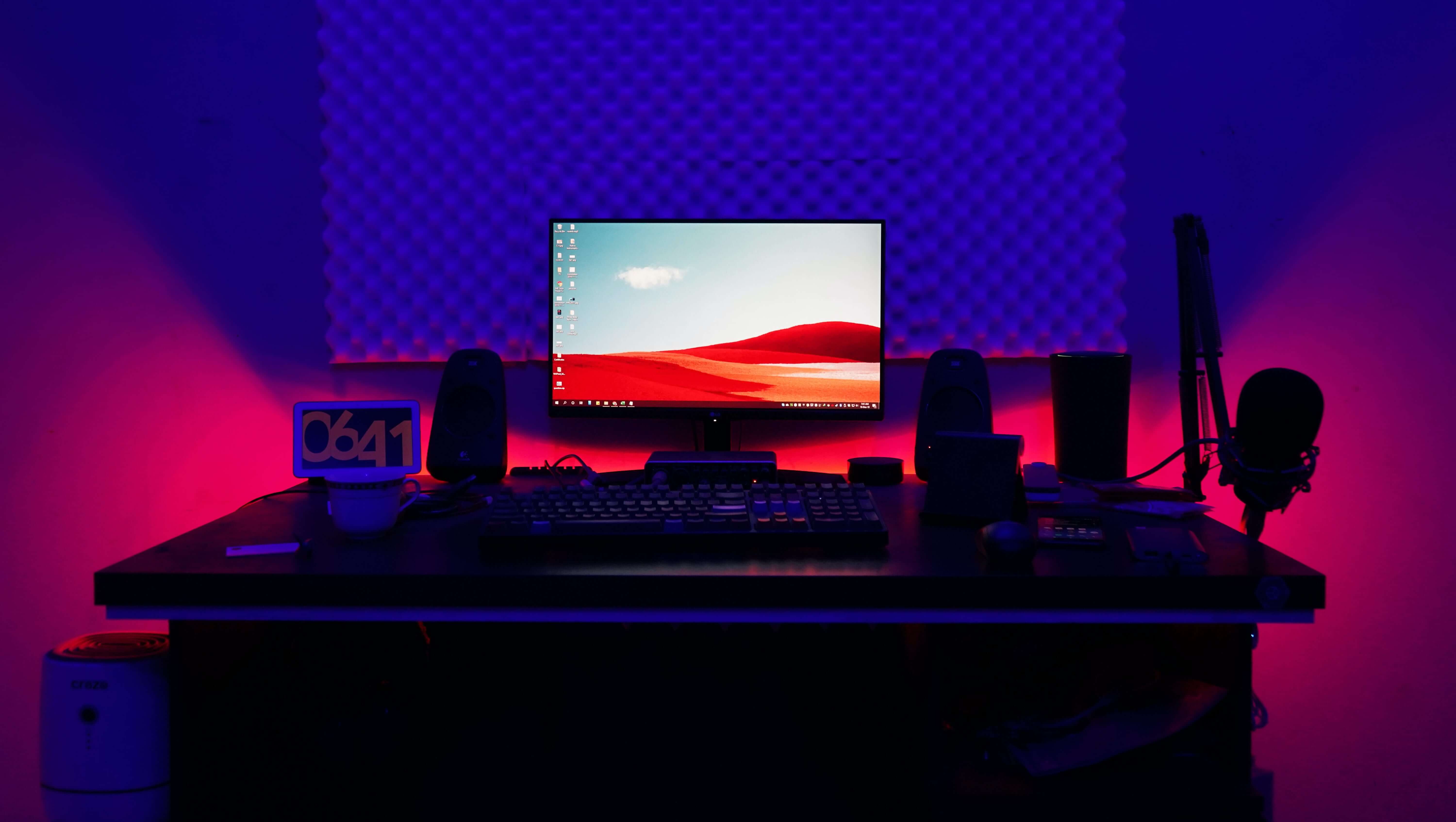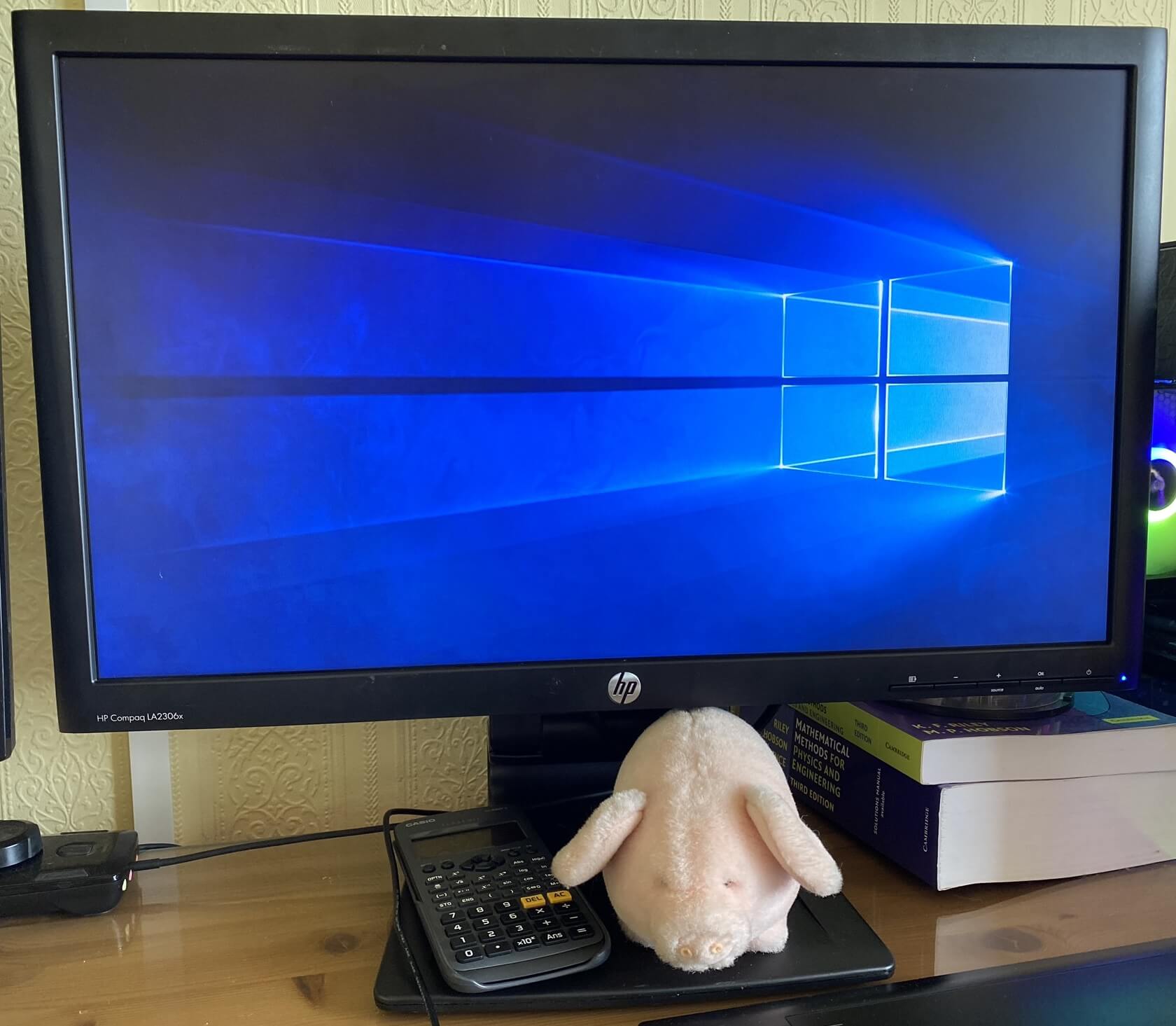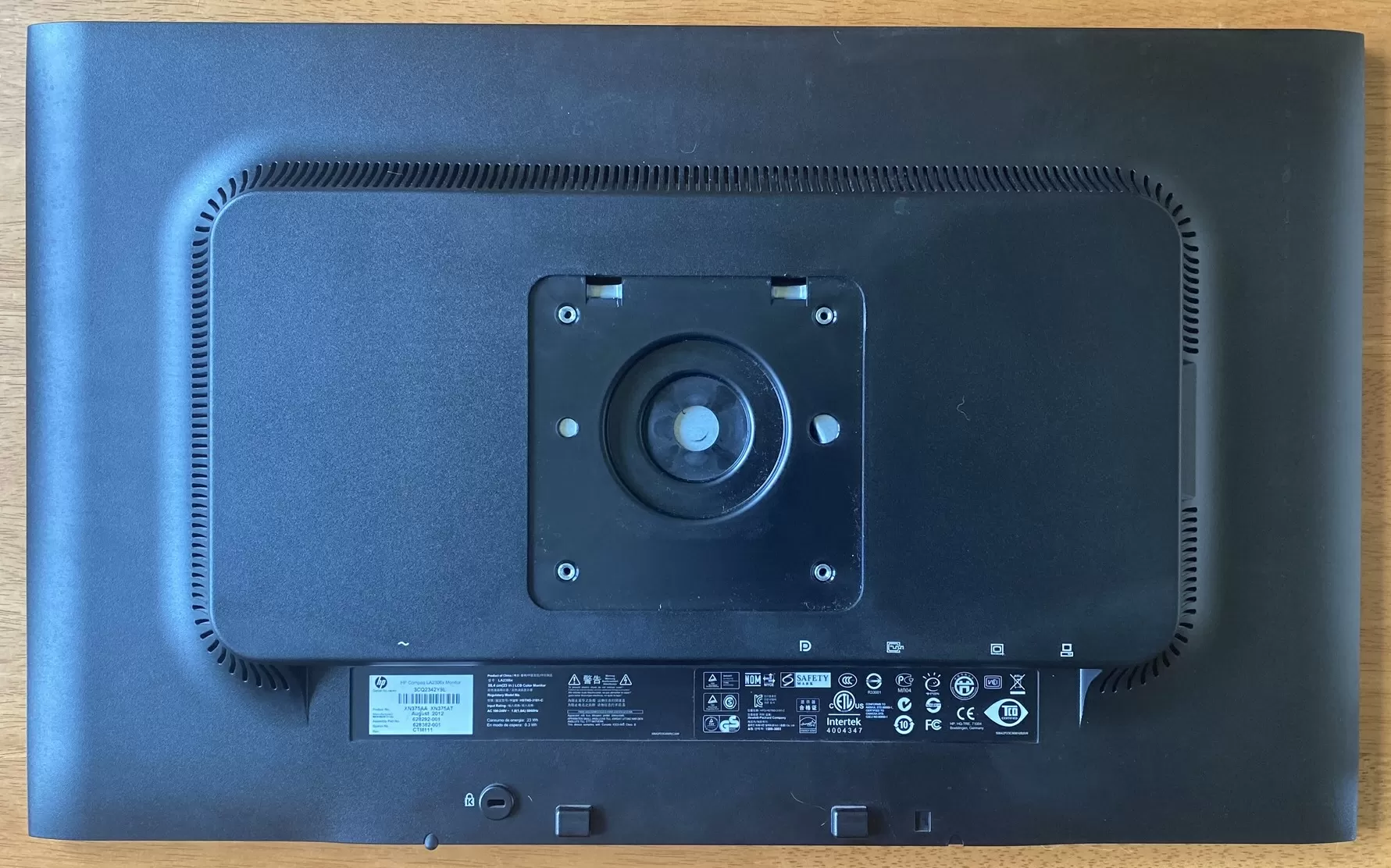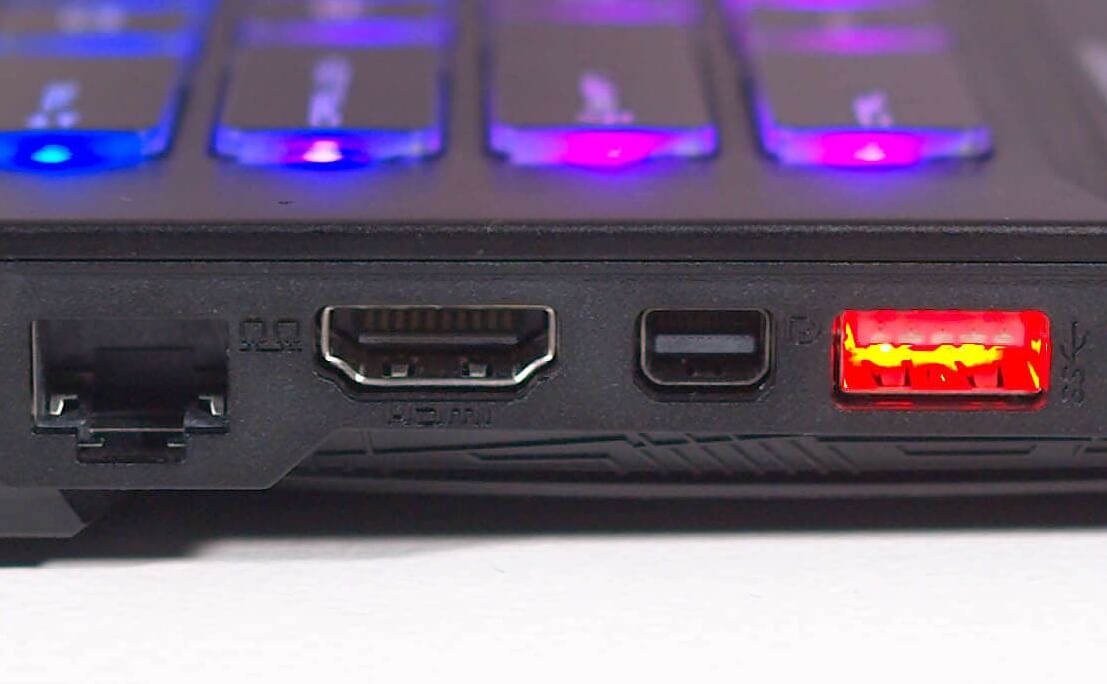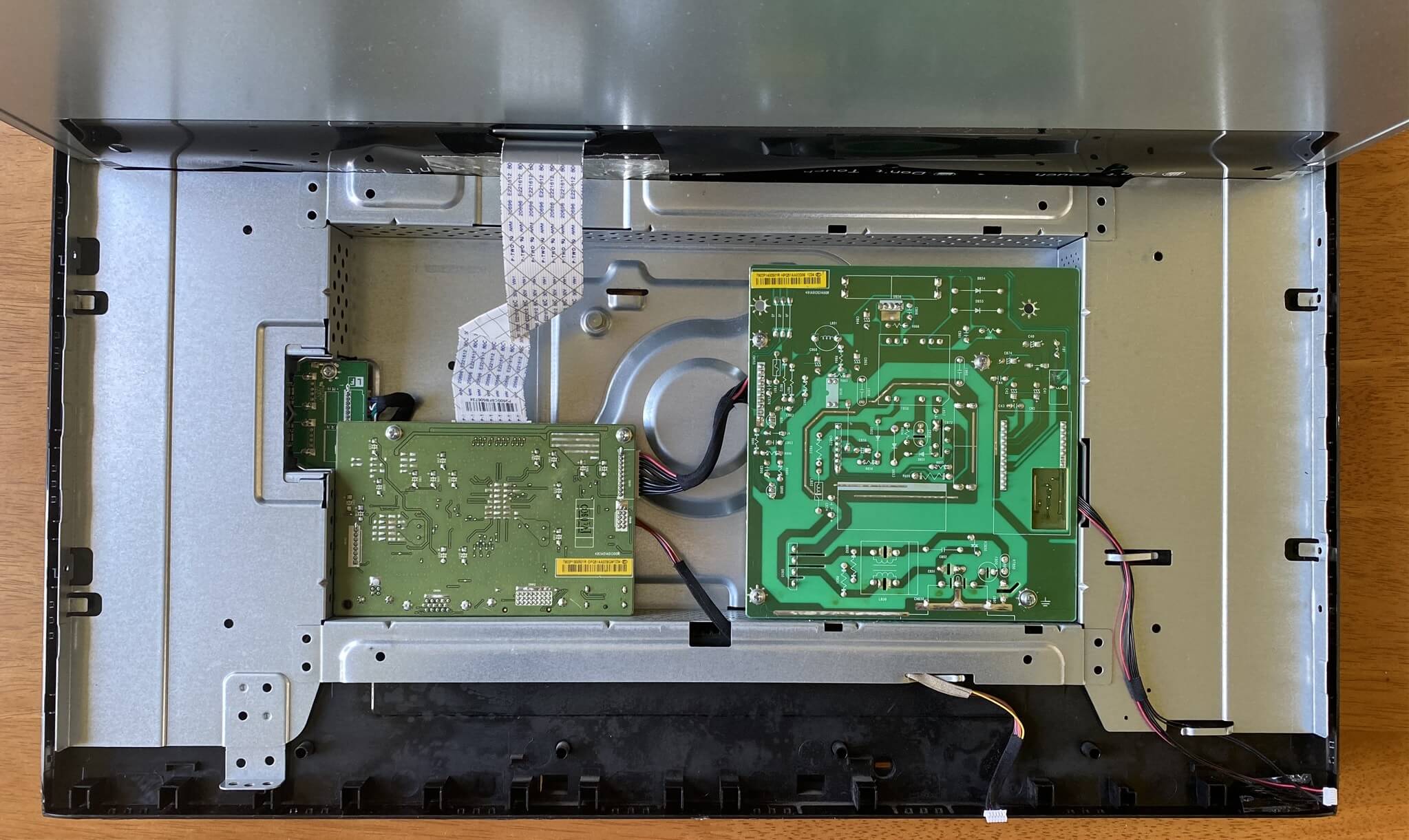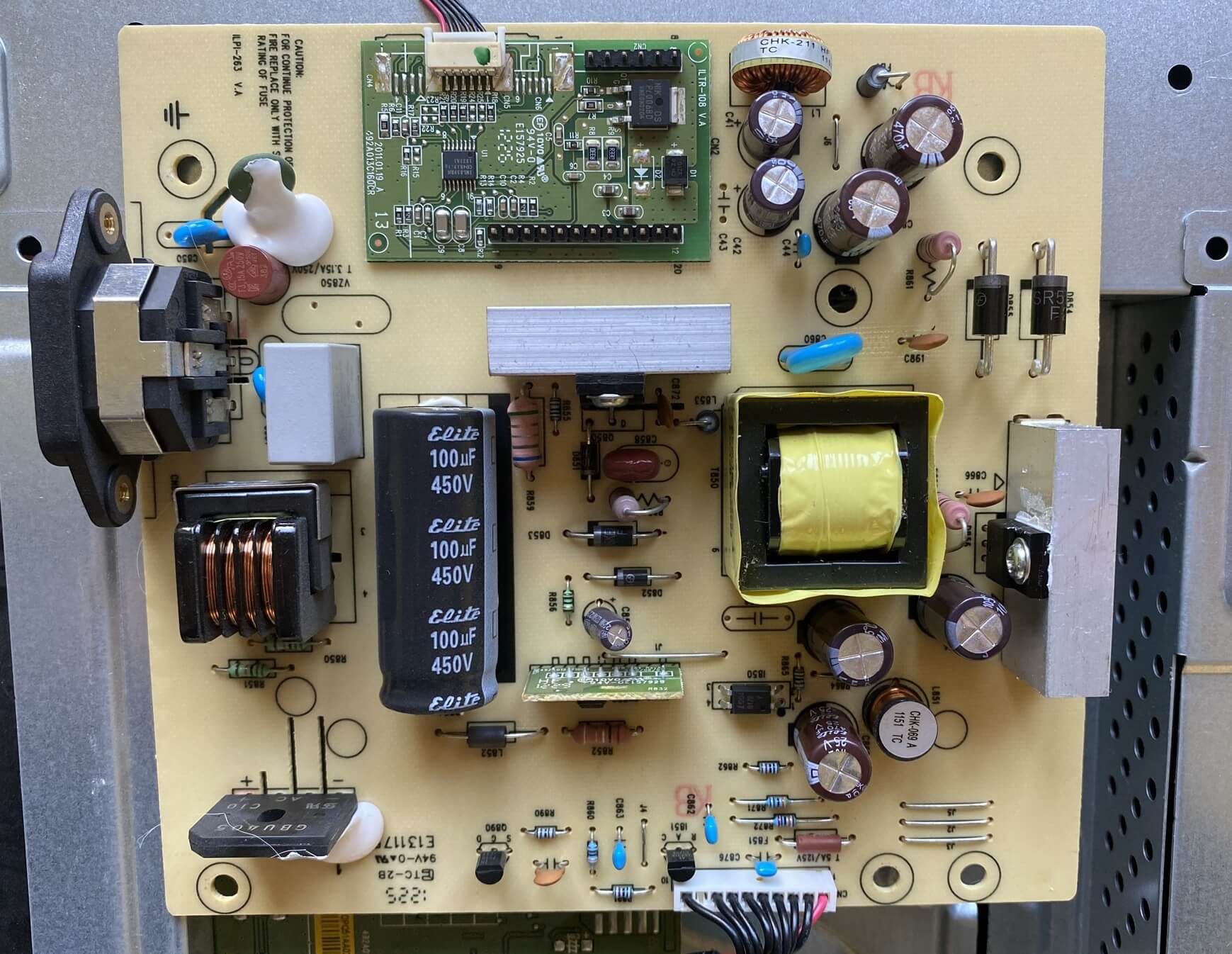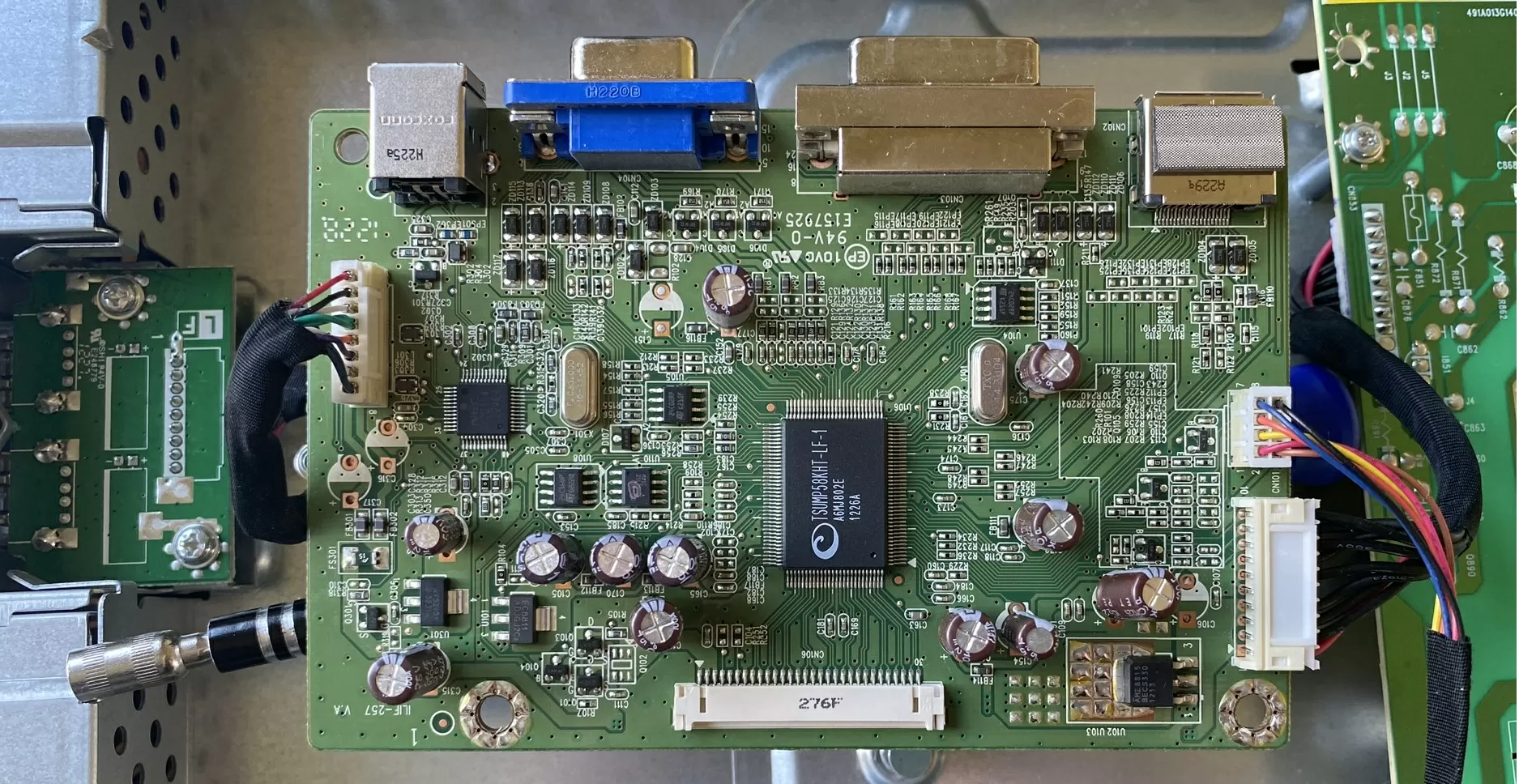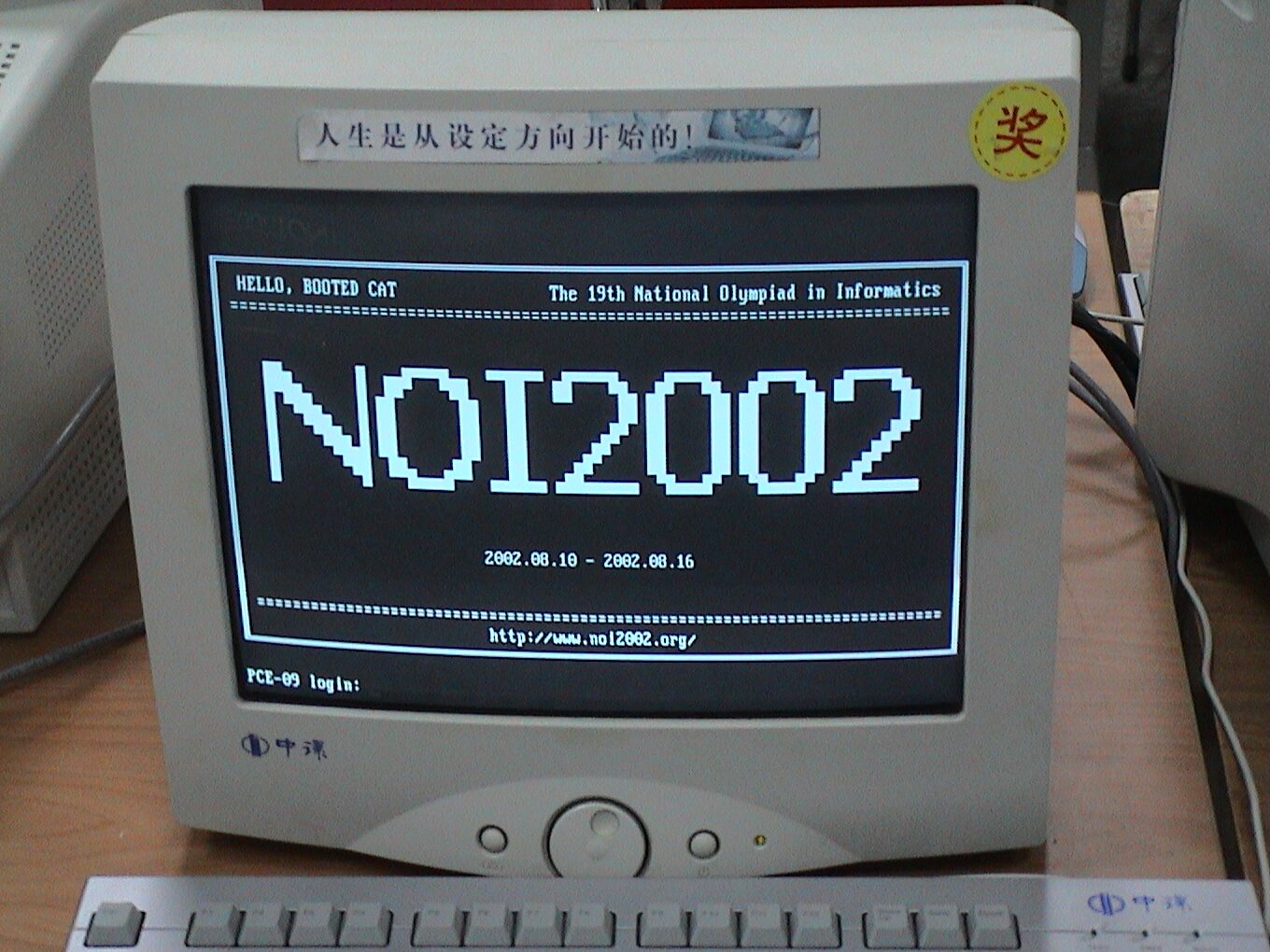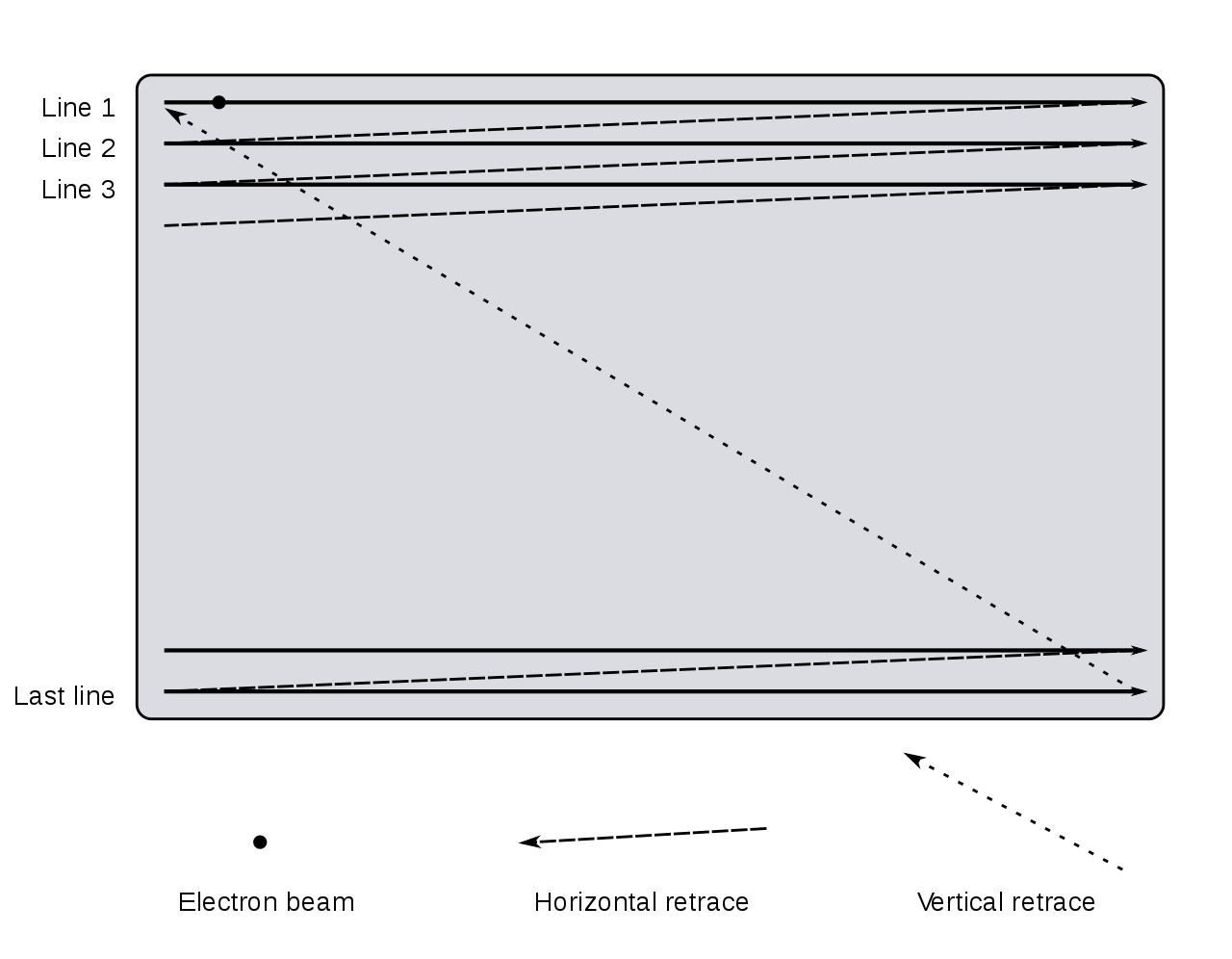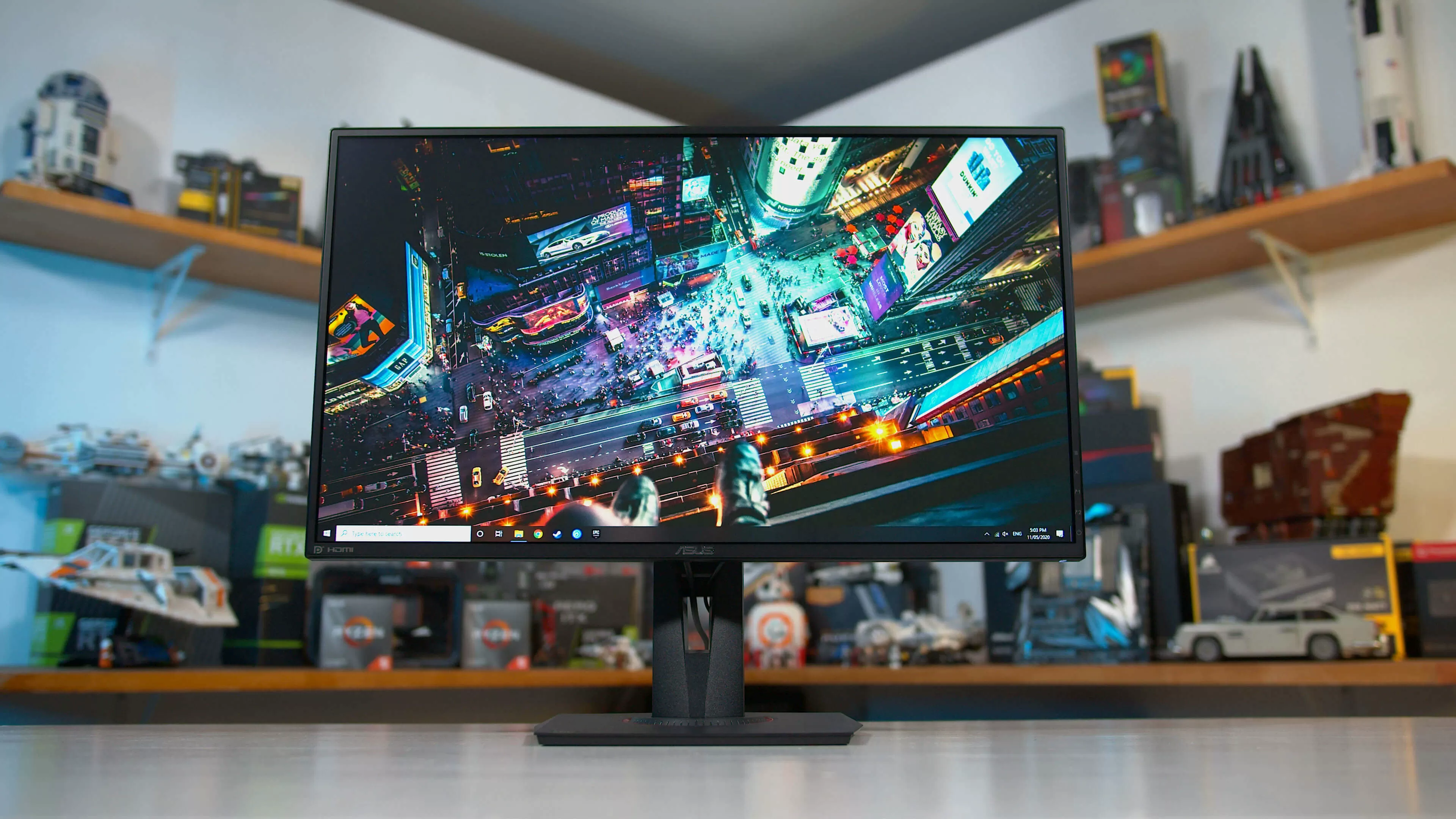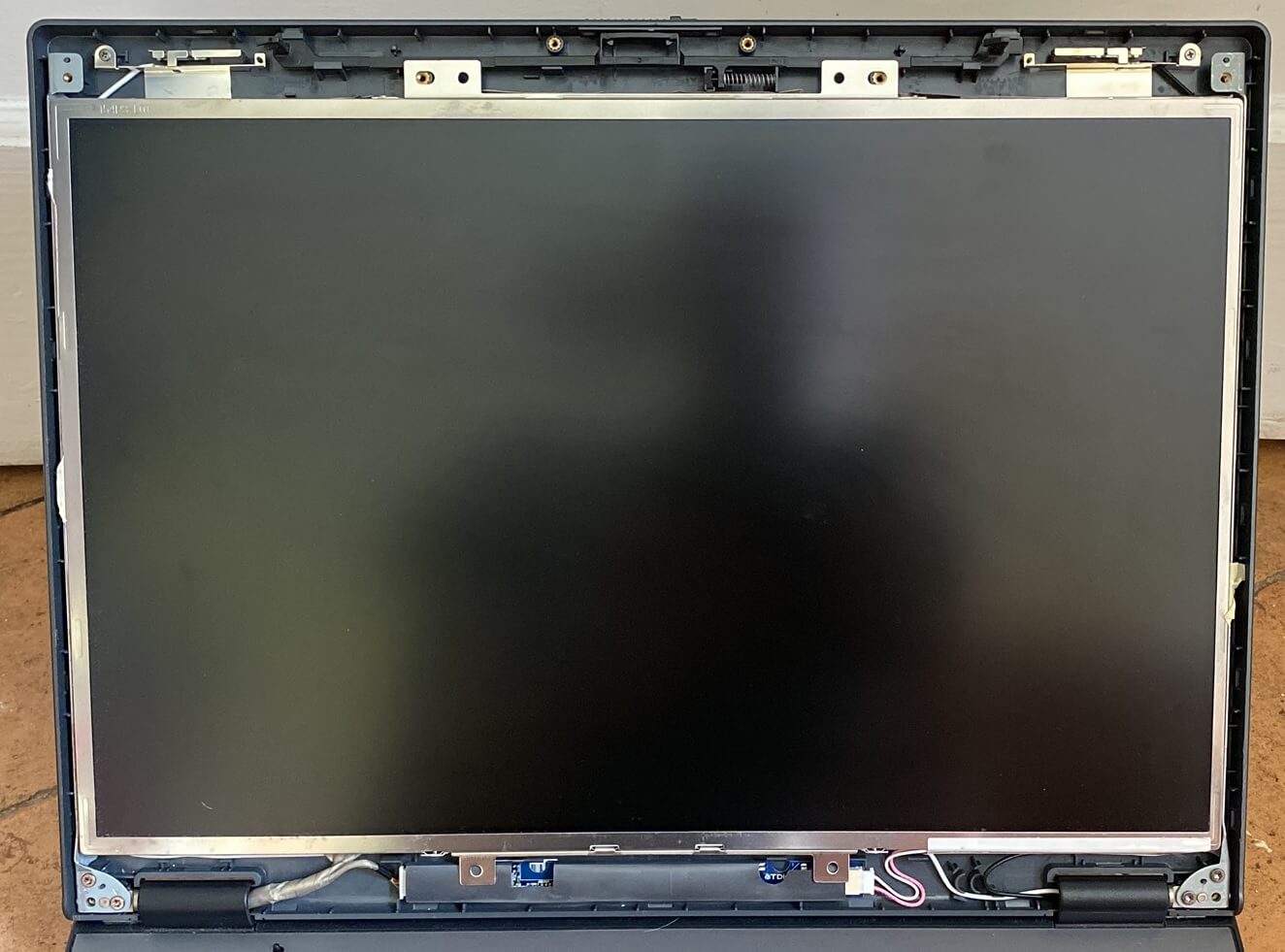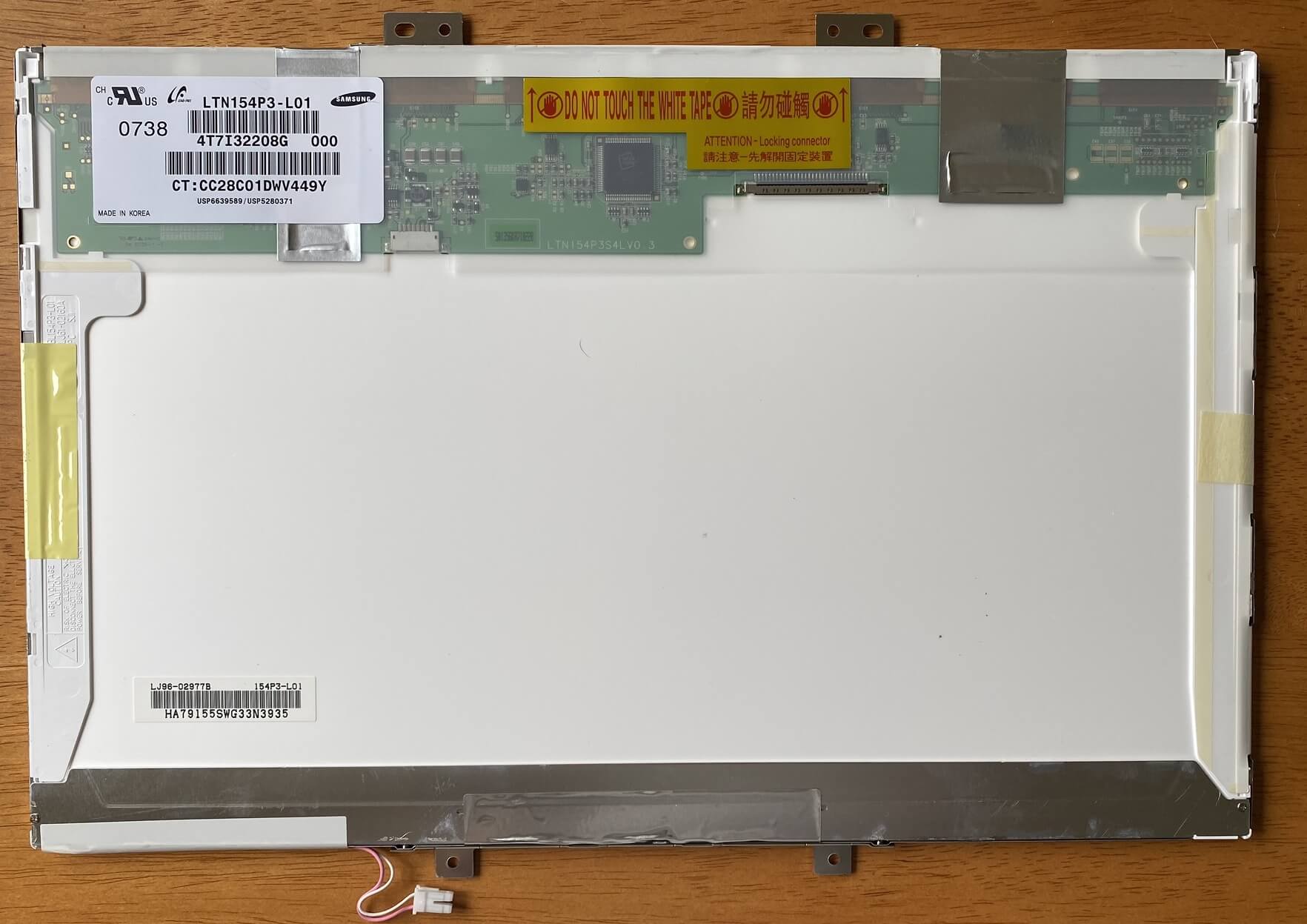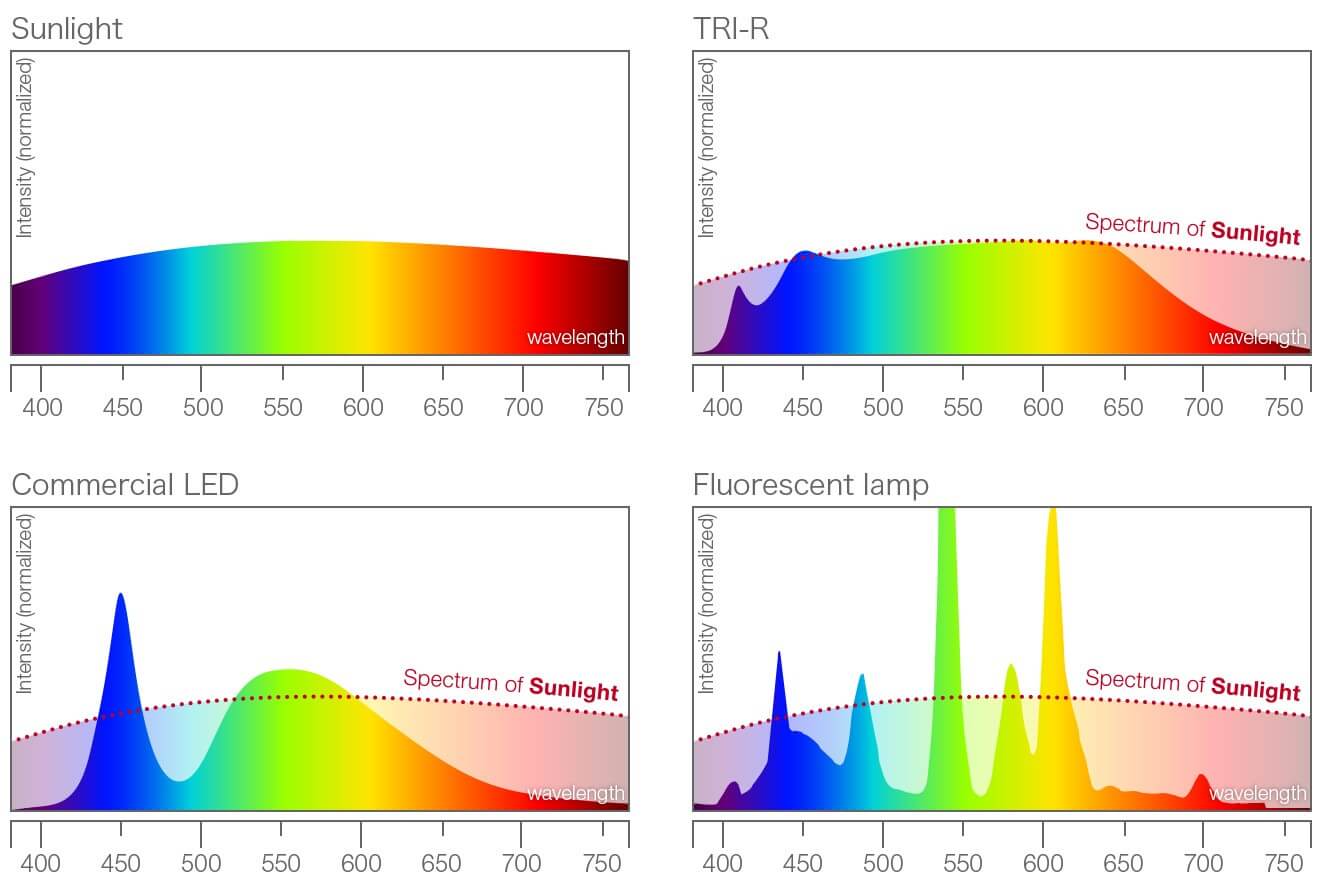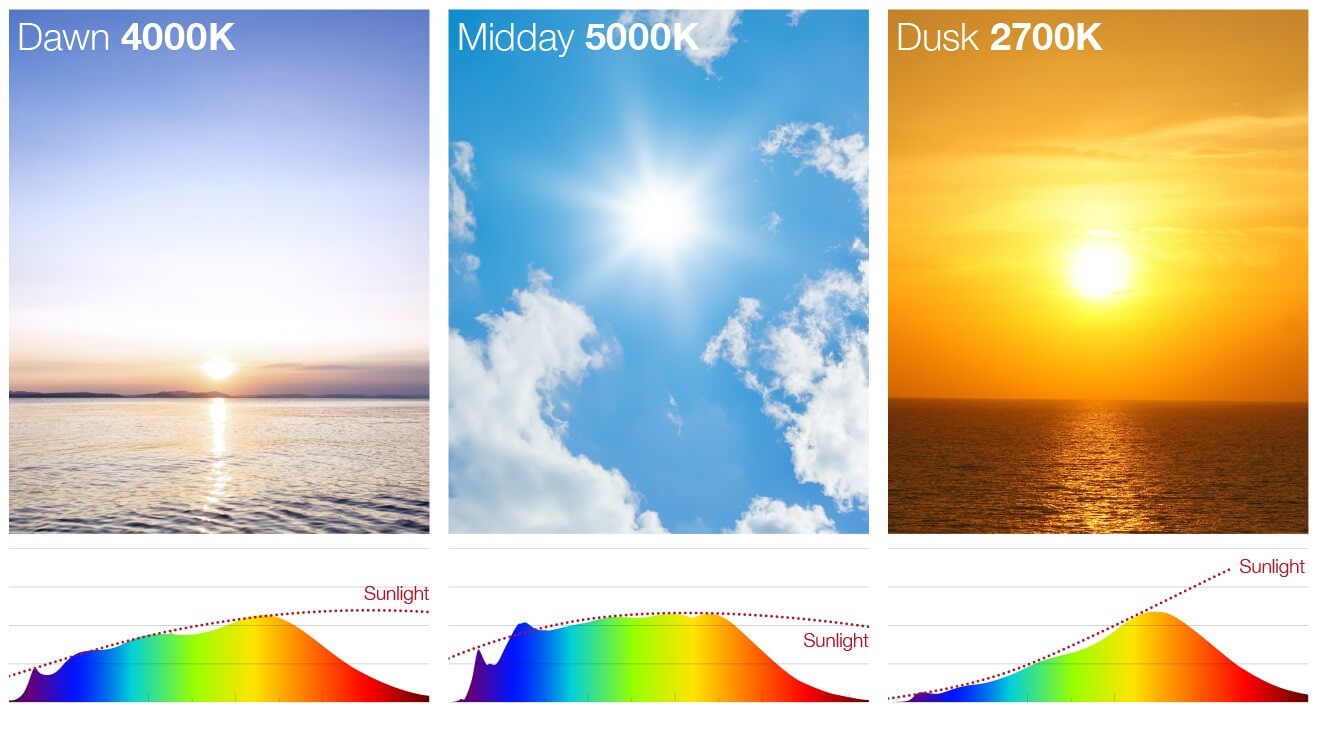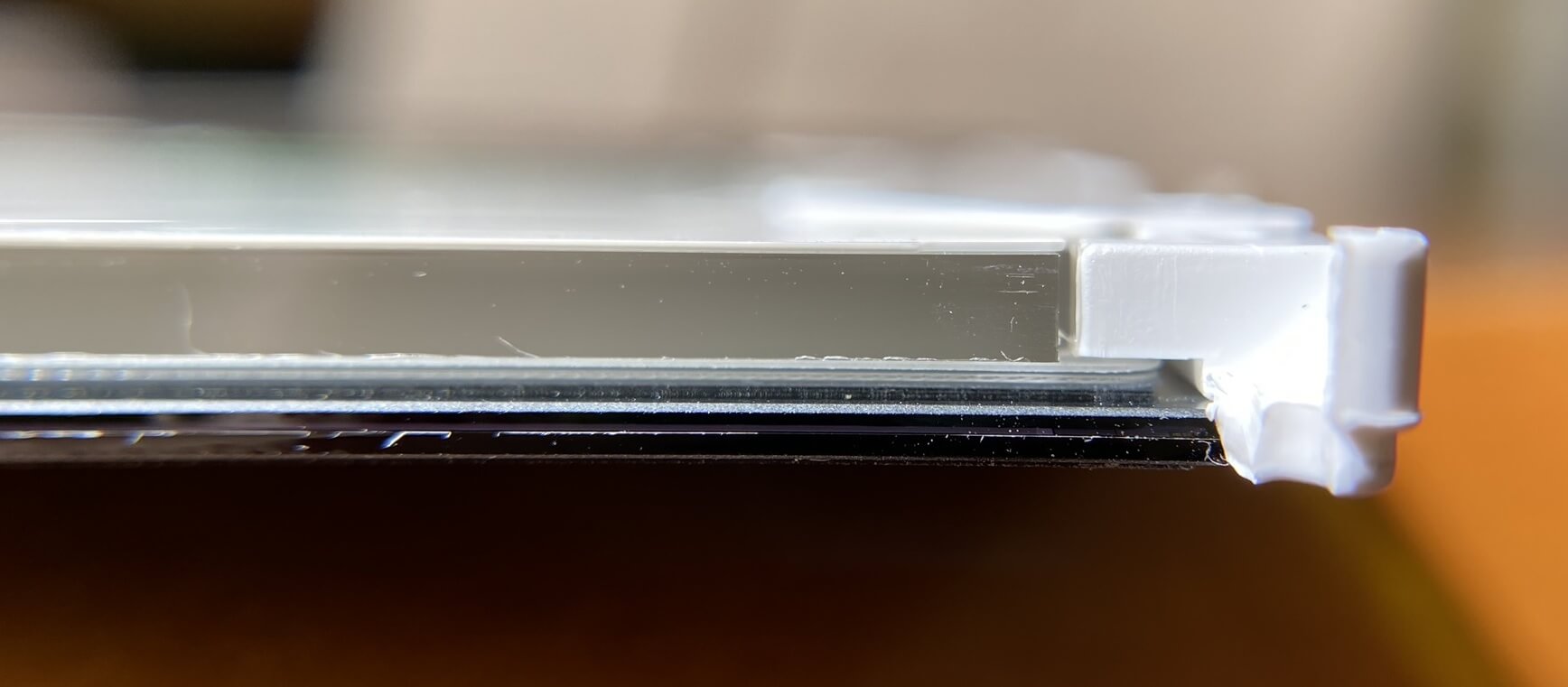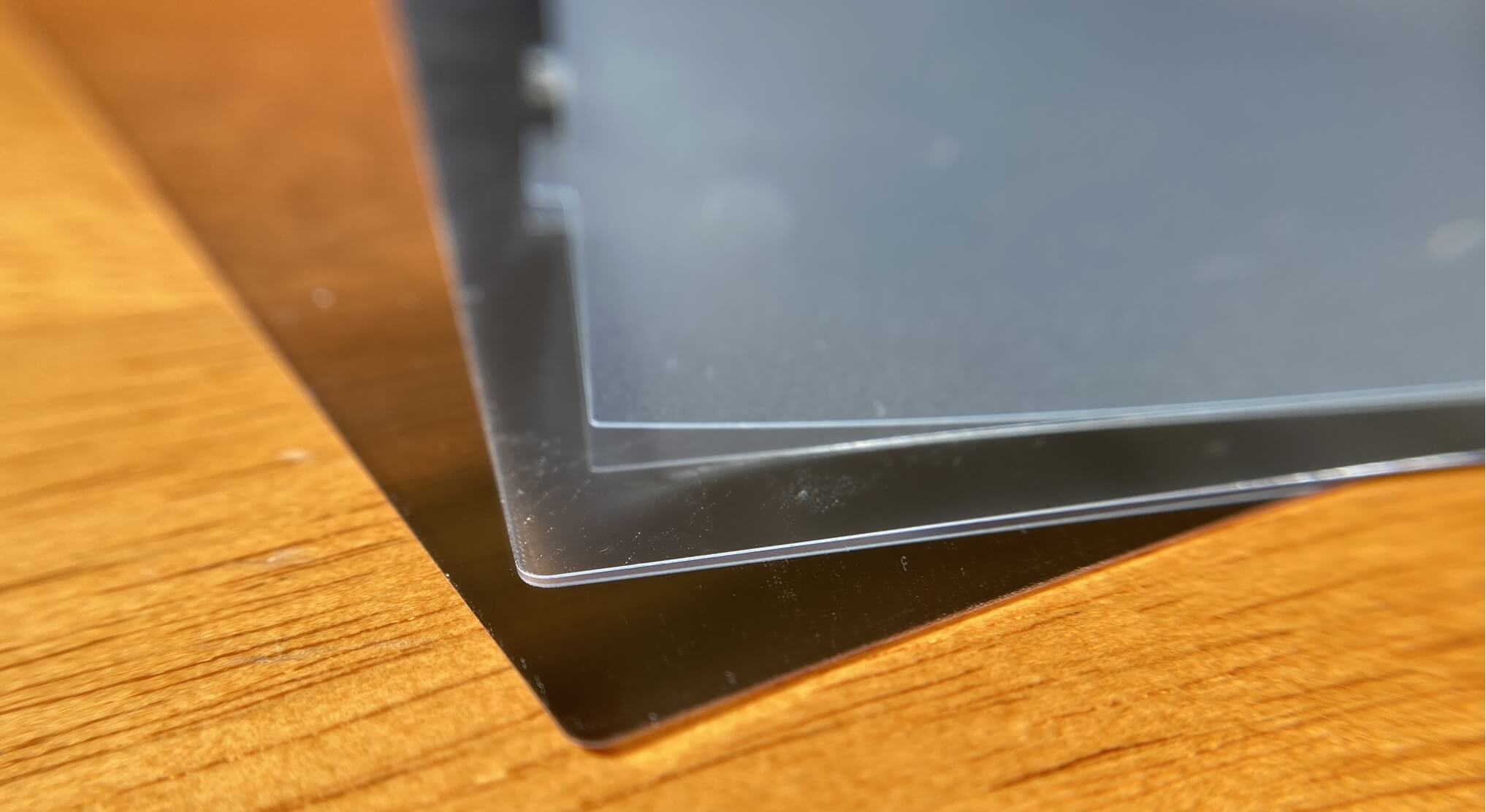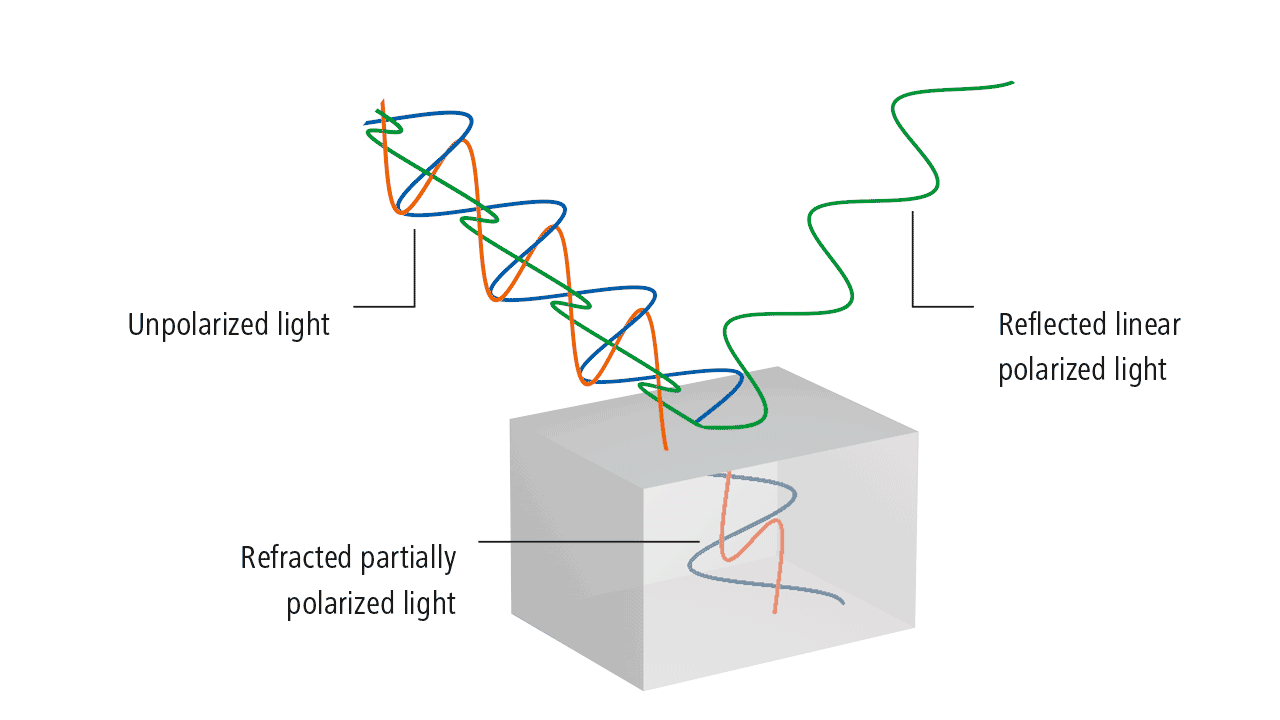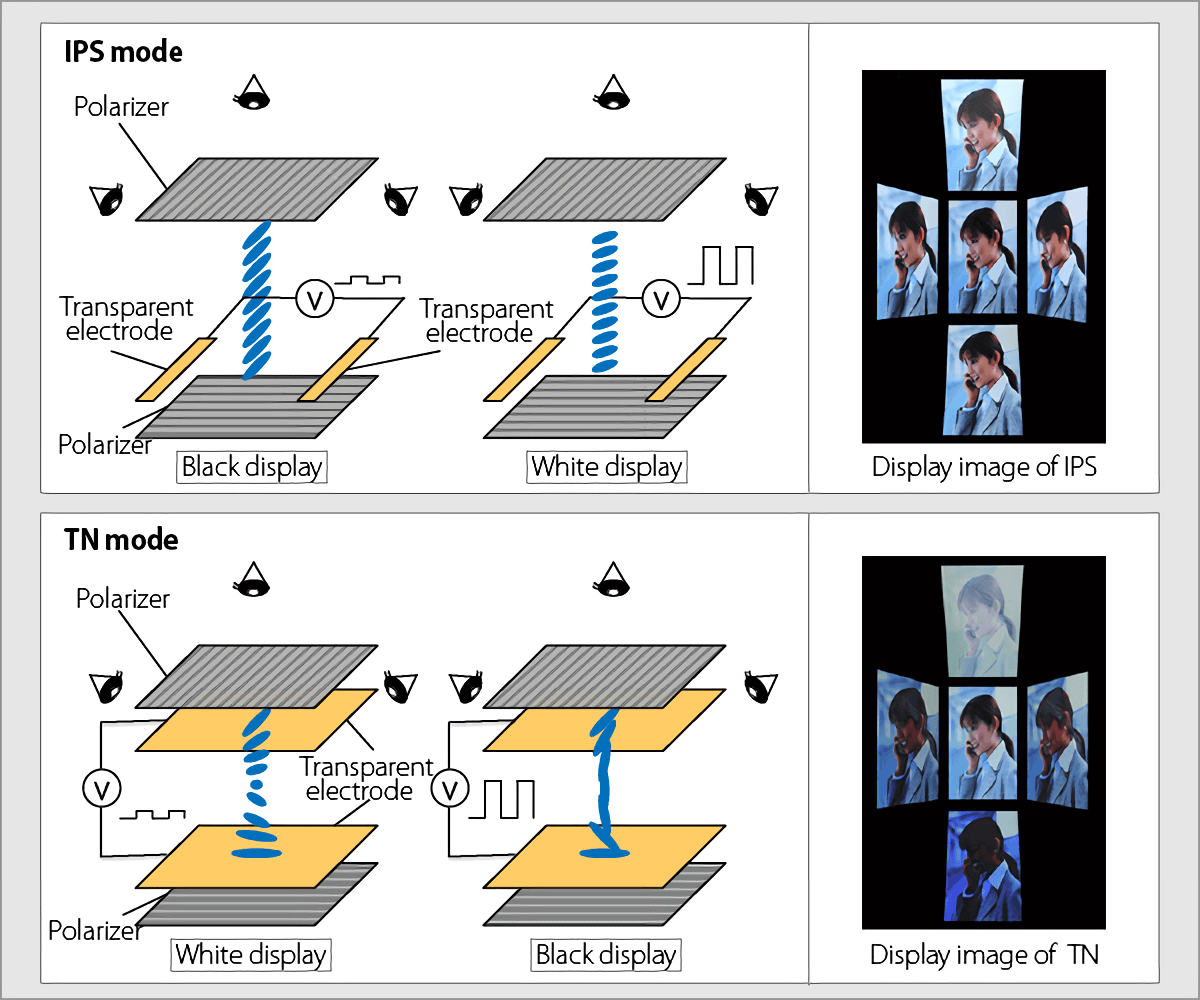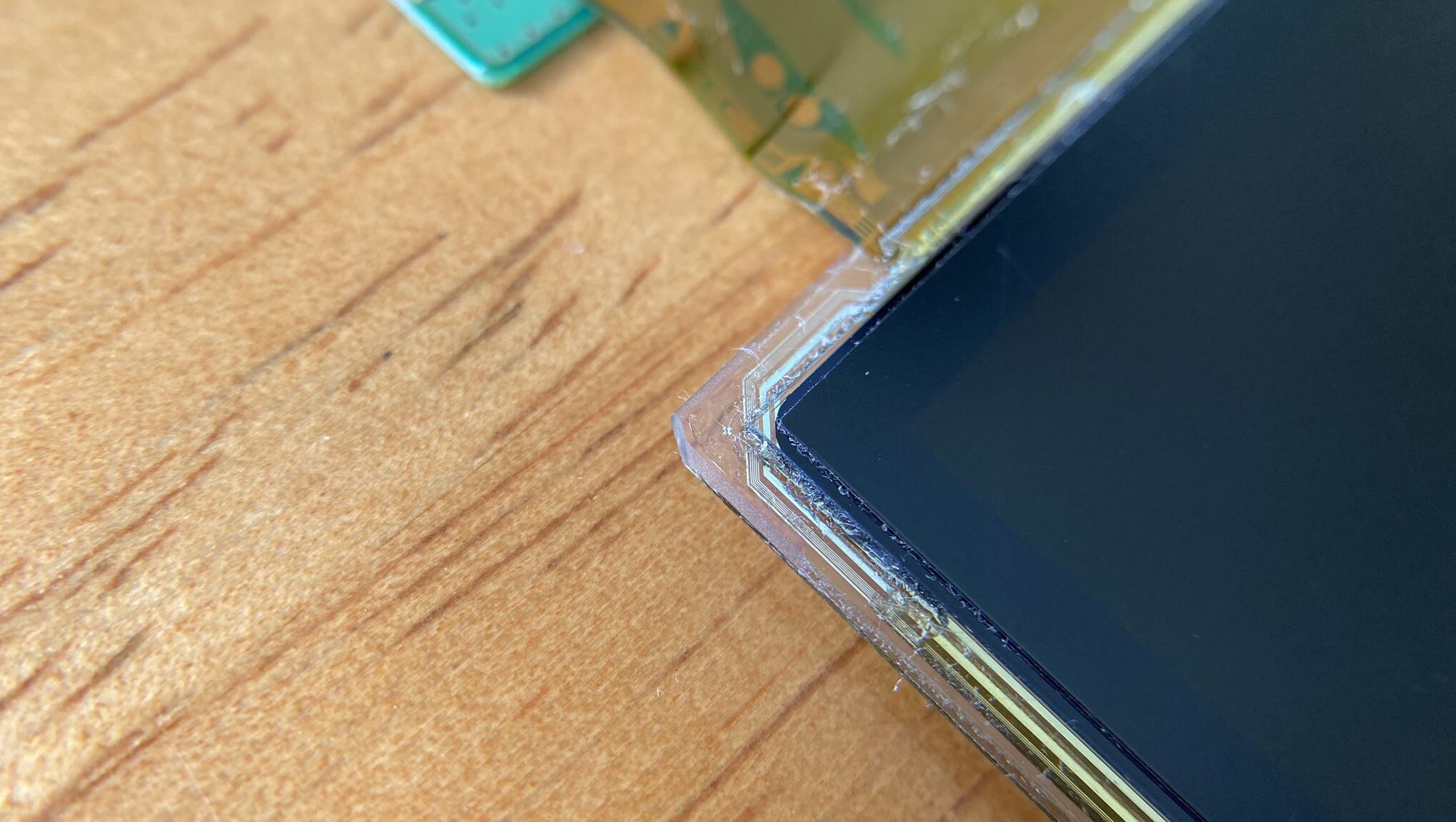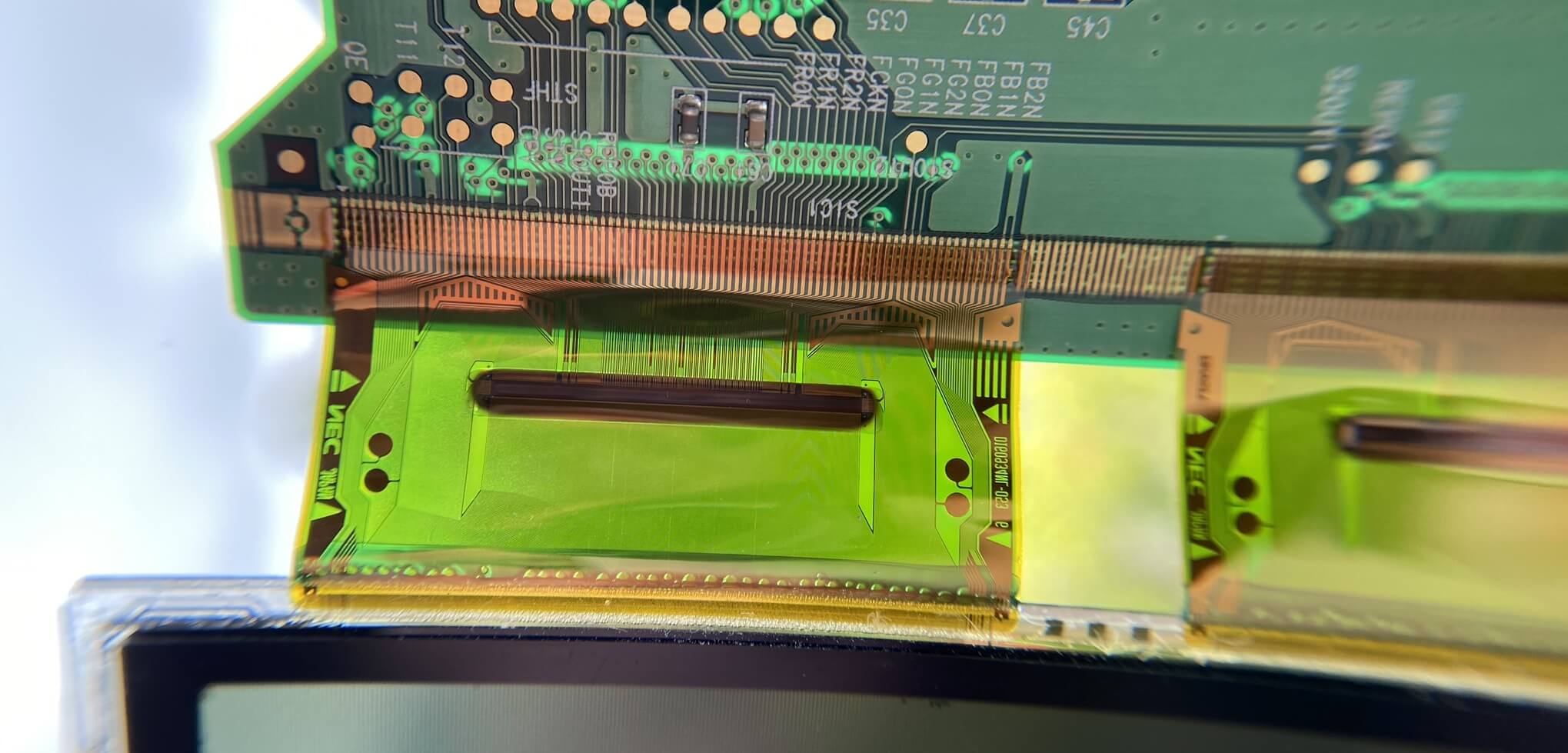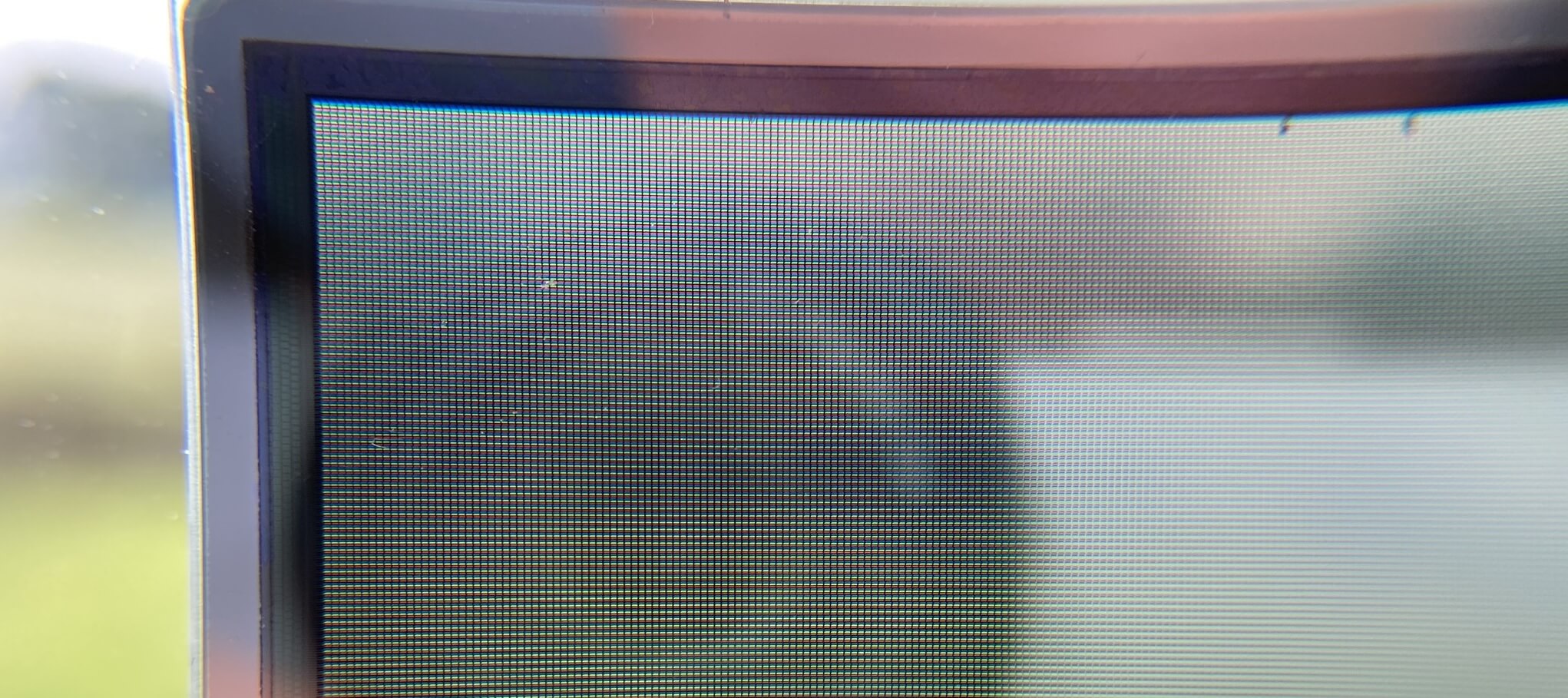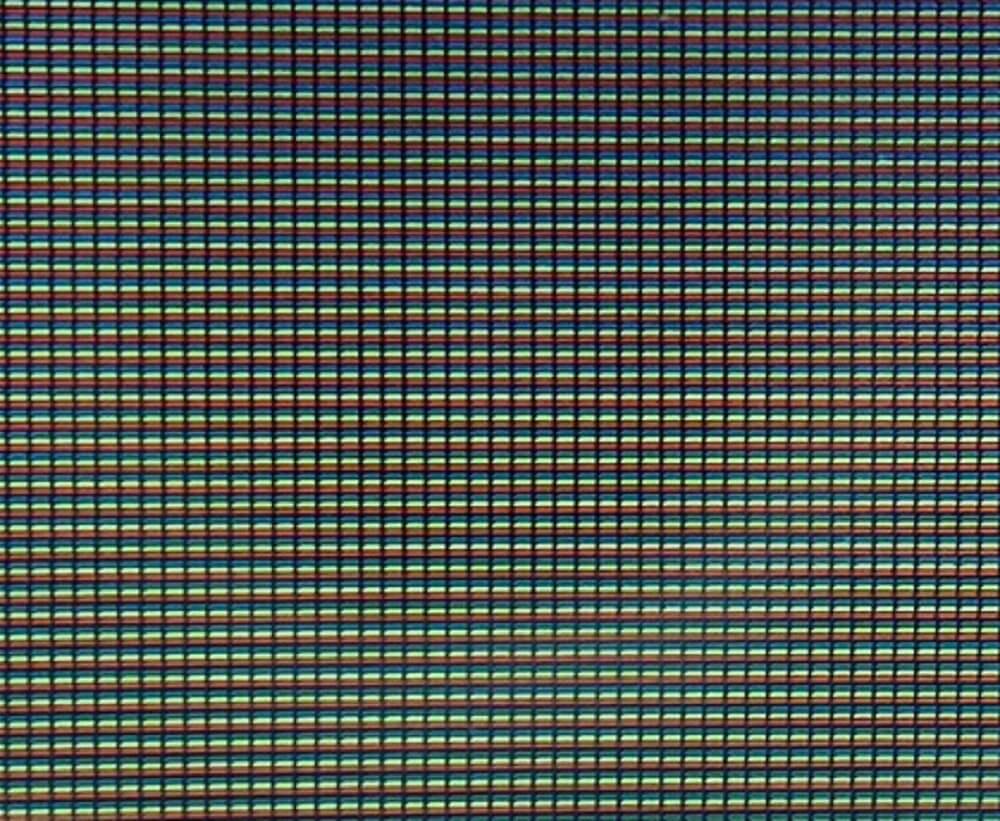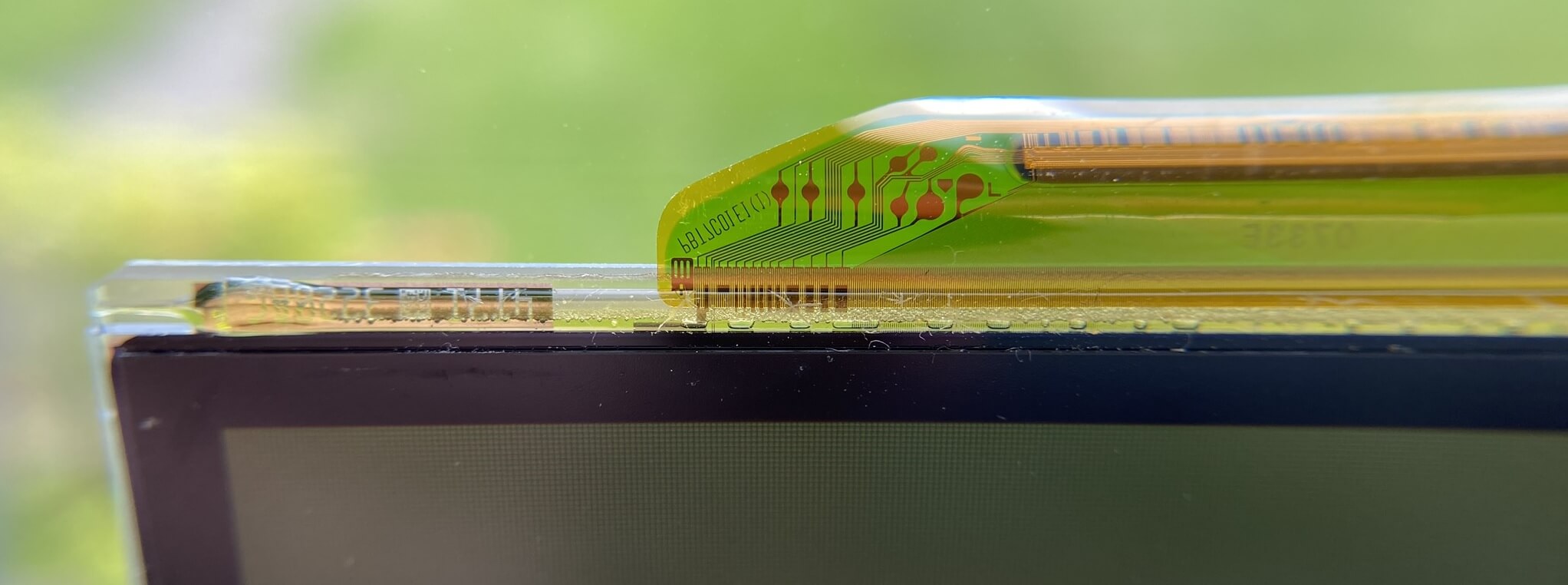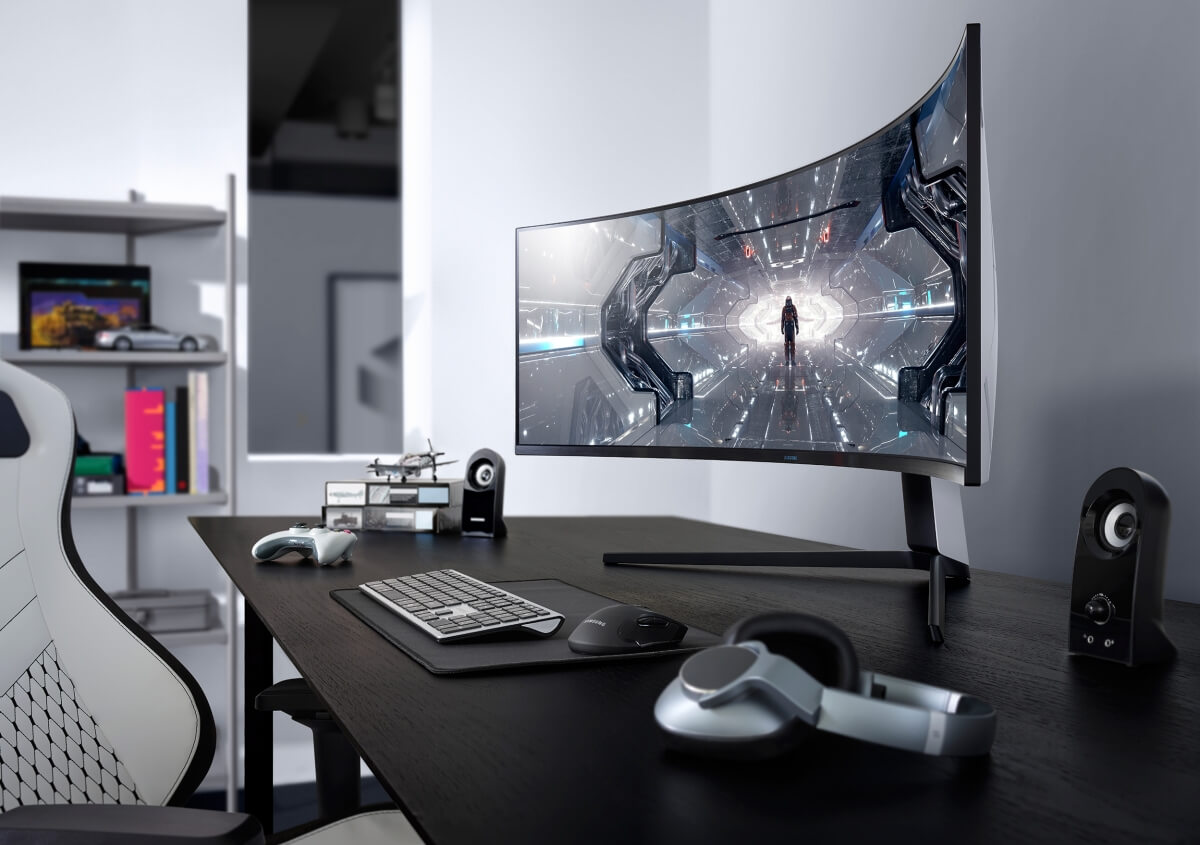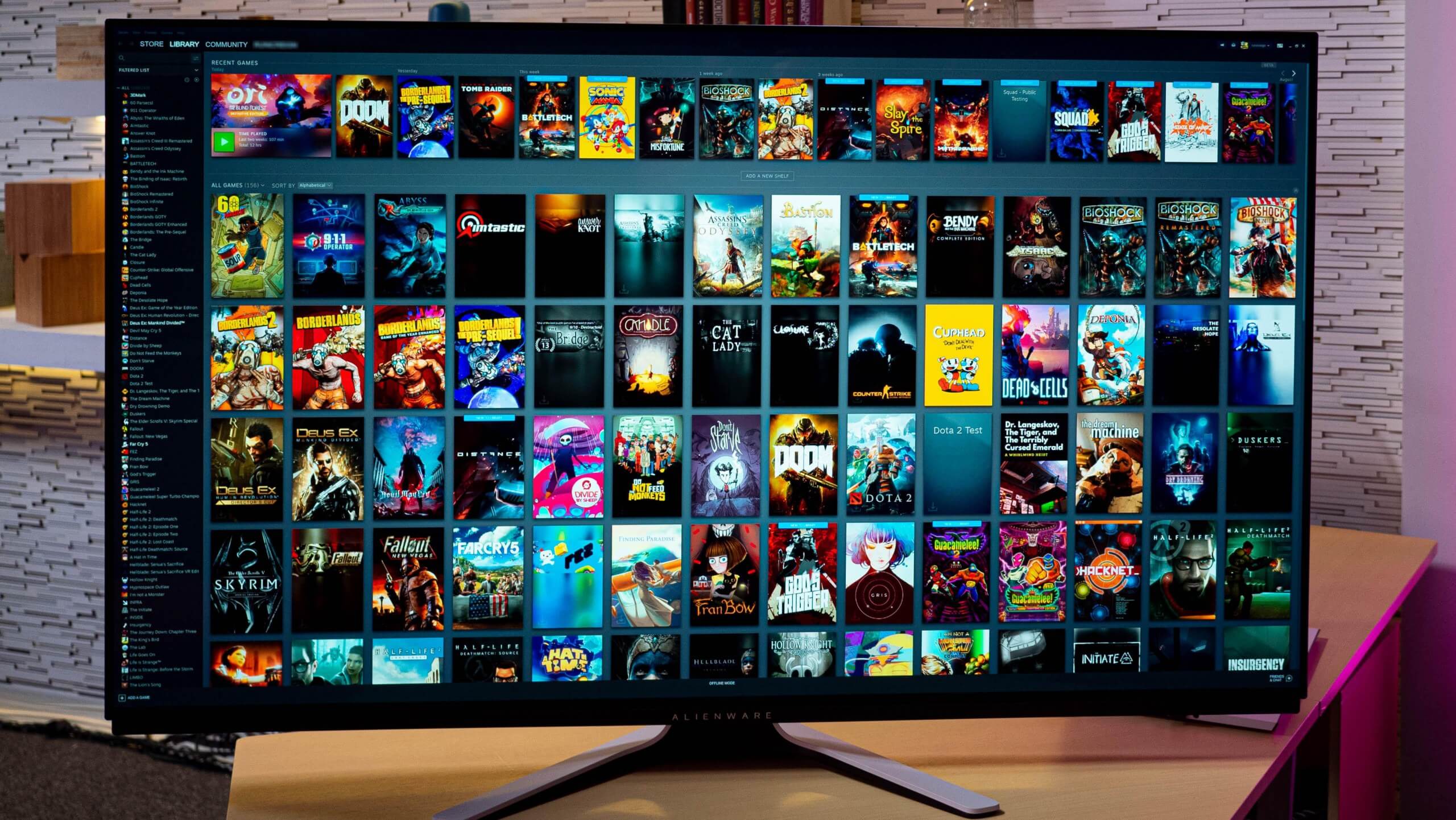You're looking at one right now. It might be sitting on a desk, stuck on a wall, or cradled in your hand. Monitors have millions of components, but we usually only ever see just the one thing. It's sometimes black and sometimes a veritable rainbow of colors. Monitors don't get talked about with the same kind of fervent passion as CPUs and graphics cards, but they're just as important.
Nearly every computing device needs one to be used, so the insides of monitors must be something special, yes? Well, there's only one way to find out. Let's gear up and prep the theatre for another fascinating dissection of a crucial piece of hardware.
A Picture Paints a Thousand Words
Having a visual display of the output of a computing system is a crucial element to the whole thing, and we're surrounded by them – monitors connected to desktop PCs, screens in laptops, tablets, and smartphones; even modern TVs are essentially a basic computer these days.
The most common type of technology used in all of these is a liquid crystal display and almost every PC monitor packs one inside.
Our willing victim in this anatomy lesson is a Hewlett Packard LA2306x LCD monitor, manufactured way back in August 2012. At the time, it was a decent office-oriented monitor, but not the best for gaming. Like all displays, it's basically a big grid of colored dots (picture elements or pixels) that altered many times a second give a smooth visual output from a computer.
The screen is technically classed a twisted nematic, thin film transistor, liquid crystal display (TN TFT-LCD). Don't worry about what any of that means for now. It's 23" in diagonal size (corner-to-corner) and the arrangement of pixels is such that there are 1920 columns and 1080 rows – better known as the resolution of the monitor. This type of display needs a light source to make the pixels visible, and ours uses a strip of white LEDs along the bottom of the unit.
TFT-LCD panels are so heavily used that manufacturers across the world (the majority based in China and Taiwan) churn out thousands of them every single day. In a previous feature "Display Tech Compared: TN vs. VA vs. IPS, What's the Difference?" we looked at the different types of TFT-LCD panels in detail, and we covered the difference between the 3 most popular types around:
- Twisted nematic - TN
- In-plane switching - IPS
- Vertical alignment - VA
You should definitely give that a read if you want to learn more about the differences between display panels, we won't cover that in this article, but the unit we are using for our anatomy lesson is a TN panel, which is very common as it's the cheapest to produce.
While it's not obvious from these images, the display is really slim – just under 2 inches (50 mm) deep. Yes, there are monitors out there that are so svelte, they make this one look like a box; but compared to monitors of old, they take up very little space on your desk.
Flipping the monitor around, and removing the stand, we can see a plethora of labels indicating that the product has met all kinds of industry standards, for electrical and environmental compliance. Also note that the 4 mounting holes for the stand are 3.94 inches (100 mm) apart – this is because the mount layout was designed to meet specifications set by the Video Electronics Standards Association (VESA, for short), to allow the monitor to be attached to different stands or wall mounts.
The ventilation slots around the back are needed, because although the monitor doesn't use much power (42W at most), a build up of heat would damage the LCD panel. At the left of the back, there is a socket to plug in a standard main AC electricity cable, and the video inputs are on the right.
This particular monitor supports 3 different connection and signalling methods. Each one essentially charts the evolution of this display technology. From left to right, we have:
- DisplayPort v1.2
- DVI-D dual link (Digital Visual Interface)
- VGA (Video Graphics Array)
The USB socket on the far right isn't for a video connection: there are two USB ports on the side of the monitor, and this socket is used to hook them up to a computer.
So what's the difference between the connections?
The VGA is entirely analogue, which means the information about the color of each pixel, for the screen to show, is sent through 5 separate voltages. These are limited by how quickly they can vary and how accurate they are, which limits the total number of pixels to color and how frequently the screen can be updated.
The DisplayPort and DVI-D systems are entirely digital, support more pixels, and higher frequencies of updates. By using a digital signal, the data can be compressed to allow even more data to be sent, or encoded for security; it also allows for other color formats to be used.
For this particular monitor, it actually makes no difference, as the number of pixels and update frequency is well within the capabilities of all 3 connection methods. This model is also a bit unusual, as most monitors of the same age would have offered another digital connection: HDMI (High Definition Multimedia Interface). This one and DisplayPort are the two that you'll find on the majority of monitors today.
Is one better than the other? Yes, but for most folks, there's not much between them. Currently the latest version of DisplayPort is 2.0 but no graphics card support it yet – instead, most support 1.4a. It supports higher resolutions, at faster update frequencies, and with better color quality than HDMI 2.0b (the most recent version of that connection provided by graphics processors).
But we are talking extremes here, such as 8K resolution (7680 x 4320 pixels), so for the majority of users, it doesn't matter whether you use DisplayPort or HDMI.
Give Me Power and Control
Let's open up the monitor and see what's inside. We've had to carefully remove a lot of protective layers to grab this image:
The LCD panel is at the top, lifted out of the way, so we can see the electronics used. The circuit board on the right takes the mains electricity and converts it into a range of low, direct current voltages – the cable on the far right powers the screen, and the little one next to it is for the control buttons on the monitor.
A closer inspection of this board shows that it looks a bit like the inside of a PC power supply unit (it does a very similar job, after all). The extra circuit board at the top provides power and control to the display electronics.
Let's take a look at this section of the monitor's guts:
We can see the display connectors along the top, the power and control inputs down the right, the output to the LCD panel on the bottom, and the connection to the extra USB ports on the left.
The big chip in the middle is an MStar Semiconductor LCD display driver. It takes the video output signal from the computer and works out when and how to activate all of the pixels in the panel. Every monitor will have one of these, but some are more advanced than others.
An important aspect of this chip is called the pixel clock - it determines how many pixels can be managed per second, and in this HP model, it runs at up to 165 MHz for the digital inputs and 200 MHz for the analogue one. The panel in this monitor has a total of 1920 x 1080 = 2,073,600 pixels, so with the clock running at 165 MHz, that means the pixels can be updated no faster than 79.6 times every second.
To protect the driver chip, and keep the power/heat levels down, most monitors run at a lower rate than this, and our anatomy victim normally runs at 124 MHz. Screens with more pixels need faster clocks, though, and if you've got a big 4K monitor, your pixel clock will be 500 MHz or even higher.
At this point, we should really talk about something called refresh rate. Before LCD panels became the norm for monitors, cathode ray tubes (CRTs) were used for the display – these work by firing a beam of electrons (sub-atomic particles) at a layer of material that would glow when struck by the beam.
Most CRTs would start the beam in the top left-hand corner of the screen, then work across a row, before zipping back across, in a pattern called a raster scan. Once the pattern is finished, the beam would be disabled, and then pointed back up to the starting position.
This return trip was called the vertical retrace or refresh, and during this time, the image on the screen would start to fade. To the monitor user, they would experience this as a slight flickering, as many vertical refreshes would take place each second.
LCD panels don't fade like this, but the drawing process still undergoes a similar pattern and return. They don't flicker in the same way that a CRT does, but the more frequently the panel can draw out a new picture, the better the user's experience will be.
This is why all monitor specifications include the vertical refresh rate (or typically just refresh rate) for a given resolution. The fewer the number of pixels there are to update, the quicker the panel can start over again, which is why we see higher refresh rates on small, low resolution monitors compared to big, 4K ones.
Normally, the refresh rate is fixed for a given resolution, but many of the latest monitors now offer variable refresh rate (VRR), where the display driver chip (along with some handy DRAM) can store and then alter when it draws out a new image, based on when the graphics processor in the computer has sent out a new picture. This technology needs to be supported by the monitor and graphics card, but both AMD and Nvidia offer their own version of the same thing: FreeSync and G-Sync.
Why is this needed? Well, if the monitor is busy drawing out a new image, just as the graphics card sends out fresh data, the picture will appear to split, unless the two views are exactly the same. This is called tearing and doesn't look so hot. VRR helps to prevent this from happening, by ensuring that the monitor only ever draws out a finished image. The downside to this feature is that it can add a little bit of extra latency between images being rendered and when they ultimately appear in front of you, and some forms of VRR only work across a narrow range of refresh rates.
It's also worth noting that Nvidia's G-Sync requires the use of a DisplayPort connection for almost all the supported monitors with only a few exceptions, while the more open FreeSync is available via HDMI on lots of displays, as well as DisplayPort.
Anyway, let's get back to exploring the innards of a monitor...
Our HP monitor remains fully functional, though prising apart LCD panels can often ruin them. So we're going to bring out another one from HP, but this one is already dead.
This is actually the screen from a laptop, but the panel is essentially no different to that used in a monitor. The differences lie in where all the supporting electronics can be found. Let's pull it out and flip it over:
What can we see here?
The most obvious thing is that the panel was made by Samsung, and it's another TFT-LCD, but we can spot the display driver chip hidden under a protective film. Given that this doesn't work anymore, we can rip it all off and have a closer look.
The brand name of the display driver chip says WiseView, but it's actually Samsung's own product. There's little else here, other than the signal input to connect the panel to the laptop (just to the right of the driver) and the multiple strips of wires that hook the chip to the screen. To the lower left of the display processor, the metal socket is for power.
Bring Forth the Light
This laptop display is about the same age as the HP monitor's, but one part of its design dates it somewhat further. Instead of using light emitting diodes (LEDs) to produce the background light, there is a single cold-cathode fluorescent lamp (CCFL) along the bottom.
Well, it was along the bottom, but we tore it out so you can see it properly!
These are very cheap to manufacture, but they're not as power efficient as LEDs, and the light they produce isn't so great either.
The rays from the Sun cover the full spectrum of colors (although not all to the same level) and gets classed as 'white' light. A fluorescent lamp might look similar, but it emits certain colors very strongly, and the rest at a very reduced level. If you want the image on a monitor to look as natural as possible, then this needs to be accounted for and the displayed image has to be adjusted accordingly.
Using LEDs helps alleviate the problem, as they can produce a spectrum of light that more closely matches to the Sun's. Companies such as Toshiba have spent considerable sums of money developing LEDs to be even closer, but it will be a while before we see them used in all monitors.
The light source also controls the overall brightness of the display panel and it's often stated in units called nits (the SI unit is candela per square metre, cd/m2, where 1 nit is the same as 1 cdm2). Our HP monitor has a maximum brightness of 250 nits, which is reasonable for its age and intended usage, whereas the Samsung panel from the laptop is 185.
Higher brightness values help to improve the range of contrast between dark and light colors, and for some display technologies (such as high dynamic range, HDR) it needs to be 1000 nits or more.
The majority of LCD monitors and TVs also allow you to alter the 'temperature' of the screen – you're not really making the panel hotter or colder, though. Instead, you're essentially trying to replicate how sunlight appears at different times of the day. The temperature part refers to how hot the surface of the Sun would need to be in order for this light to naturally occur.
Using LEDs can make this easier to achieve, although it comes down to what type of white LED is used.
Whatever source produces the background lighting for the LCD panel, it needs to be spread across the whole screen – in the case of our laptop corpse, this is done using a thick layer of polymer, called a light guide plate.
With all of the protective layers and side trim removed from the panel, we can now see how the screen is built. In the image above, the top is the back of the screen and would normally be covered by a layer of white plastic. The polymer layer, for scattering the background light over the panel, comprises almost half the thickness of the whole thing.
The bottom layers in the image is the liquid crystal display itself, but sandwiched in-between are several sheets of material. The first sheet diffuses the light further from the guide plate, followed by two prismatic layers to scatter that light out even more.
Eventually, all of this scattered and diffused light will reach the outer layers of the actual LCD screen: a composite structure of multiple sections. The first one is a thin layer made from glass, and it's job is to polarize the light coming from the CCFL or LEDs.
Polarization forces waves to be restricted to one plane of vibration – the animation below offers a way of visualizing this, although it's not quite the same as what's going on in our monitor.
The very last layer in the LCD sandwich is also glass, and it too polarizes the light. The plane of vibrations for the two glass slices are 90 degrees to each other and normally, this would completely block any light from travelling through the panel – the screen would look almost black.
But in-between these is yet another sandwich. This one contains thousands of little pockets filled with a compound: the so-called liquid crystal. This also polarizes the light: in this particular LCD technology, the crystalline molecules form a twisted structure (hence the name twisted nematic) and it 'rotates' the light to match the plane of the last polarizing layer.
So without any interference, the light from the CCFL or LED sources gets scattered and diffused, then polarized and twisted, until it pops out the other side.
What we would see is a white screen and to get a totally black one, a voltage gets applied across the crystals in such a way that they change their plane of polarization. When it's 90 degrees out of phase, the crystals no longer allow light through and become almost completely opaque.
The level of the voltage used determines how much light gets transmitted by the panel and since there are thousands of liquid crystal pockets, controlling all of these must require a serious amount of connections. We can see this about our case study – for example, there are multiple traces running around the edge of the panel:
And these are connected to the display driver through a number of ribbons, that are actually flexible printed circuits – each one contains a long thin chip to handle the signalling duties. To keep costs down, the connectors are lightly glued to the main circuit board, although this makes the whole thing very fragile!
Ultimately, all of these traces form a criss-cross array of connections and hooked up to all of these are the individual pixels – the pockets of liquid crystals. Holding the panel up to a window clearly shows them and the grid of traces:
Sharp eyed readers may have spotted something here: each pixel looks like it has several colors. In fact, they do! Each pixel in the screen is made up of 3 sub-pixels, and they have a color filter applied to them: red, green, and blue (RGB).
RGB has been the standard format for TVs and monitors since, well, always and provides sufficient combinations to give a pretty accurate representation of actual colors. Let's go all NCIS and enhance!
This arrangement of sub-pixels is called a vertical strip and most widescreen monitors use this pattern. Other LCD screens, such as those found in smartphones, often use a horizontal layout or even one set at angles. It's about how the monitor/screen is normally going to be set: i.e. portrait or landscape.
Now remember that this is TFT-LCD, a thin film transistor panel. This tells us that there is a microscopic silicon layer, so thin that light easily passes through, over all of the grid. For each sub-pixel, a single transistor is fabricated into the film, to apply the voltage to switch the crystals about.
It's mind-boggling just how small all of these parts are. In our Samsung panel, there are 6,220,800 sub-pixels in an area less than 110 square inches (710 square centimetres). That means each sub-pixel covers an area of 0.000018 square inches (0.0011 square millimetres)! This is on a 7-year-old laptop, too – Just imagine how small they are in a modern 4K laptop.
The very last part to the whole LCD shebang is a protective sheet, usually made from glass, that's been coated with a thin layer of polymer to reduce reflections (known as anti-glare). This all needs to be quite tough, so it doesn't crack easily, but also hard enough to prevent scratching.
Panels don't have to be flat, either. Curved TVs and monitors, especially those aimed at gaming enthusiasts, often come with a degree of curvature to them. The reasoning behind this is that it's meant to increase the sense of immersion in imagery, but this will depend a lot of where you sit and what the display is showing.
The above diagram shows 3 of the most frequently used curvatures – black is flat, blue is 1800R, green is 1500R, and red is 1000R.
The number corresponds to the radius of the circle that the panel fits to, measured in millimetres, so 1500R would be a circle of radius 59 inches. Naturally, all of this is more expensive to manufacture, so a curved version of a standard monitor is typically sold at a higher price.
As amazing as LCD panels are, there are drawbacks to all of this wonderful tech. Starting with the background light source (or backlight, for short). You might think that it stays permanently on, because the liquid crystals block out the light, but they're actually pulsed on and off, very rapidly to improve the perceived color quality. Unfortunately, this pulsing does make the whole screen flicker slightly, and for some people, it can be really distracting; it also adds blur to moving images. Better quality monitors try to pulse at very high rates, to reduce the issue, or synchronize the pulse with the vertical refresh (marketed as motion blur reduction).
Another issue is that the background lighting can bleed through the edges of the LCD panel and between the pixels themselves, although again, better quality monitors try to reduce this. And speaking of the pixels, most TFT-LCD panels, especially TN ones, have a limit to the number of bits to represent a color.
This is mostly due to the system used to transfer the image data. Our older Samsung laptop panel, like many others, uses a low voltage differential signal (LVDS) to transmit the red, green, and blue colors. It's fast and needs very little power, but the one used here only offers 6 bits for a color. That's less than 8 or 10 bits used by many graphics chips, and it results in blotchy colors and noticeable gradients.
One solution to this is something called frame rate control (FRC), where the colors are cycled between successive frames, to give the impression that there is a greater range of colors being displayed, than there actually is. Fortunately, most decent TN panels today use 8 bit LVDS, although some still use FRC to claim that the model offers '10 bit' colors.
It's Not Just About Twisting Crystals
TFT-LCD panels pretty much dominate the display industry and can be found in monitors, TVs, phones, tablets, car displays, and so on. But they're not the only technology out there.
TVs and monitors are sometimes classed as being an LED screen, but only because the backlights aren't CCFLs. Genuine LED displays use an array of light emitting diodes for the pixels, but they're really only used for very large information screens, and tend to consume quite a lot of power.
OLED (Organic LEDs) are better in this respect, and screens that use them can be found throughout the smartphone industry and are also popular in high end televisions. LED/OLED displays have superior color reproduction and genuine black levels compared to LCD panels – this is because they don't use any kind of background light. The pixels themselves emit the image and they can switch on and off much faster than a liquid crystal can twist. The downside to this is that they're not as bright as LCD panels and they don't last as long; as they degrade, images can be permanently 'stuck on' (a problem known as burn in).
Companies such as Samsung, LG, and Sony have invested heavily to solve those problems into another emerging technology called microLEDs. Essentially these are just like the light sources we see all around, but they are much smaller. Initial developments have shown that they have the potential to be brighter and more robust than OLEDs, and still offer super fast performance, but there are still numerous production issues to solve before they can become mainstream.
Twenty years ago, LCD monitors were still very expensive, despite a boom in sales and steep decline in prices. In this anatomy lesson, we can see why: they're hugely complex structures, packed full of thousands of fragile and tiny components. Making these, reliably and cheaply, took decades to perfect. But perfect it they have and you can now get glorious screens, to treat your eyes, for the same price as a medium sized SSD, or low end graphics card.
Today, monitors pack millions of pixels, that can refresh at super high rates, all wrapped up in stylish frames. If you've not updated your monitor for some time, forget treating yourself to a new CPU, go for a nice display instead!
And with that, let's tidy up the theatre (by throwing all of the laptop bits into a box) and get ready for our next dive into the guts of common piece of technology, so stay tuned for more.
